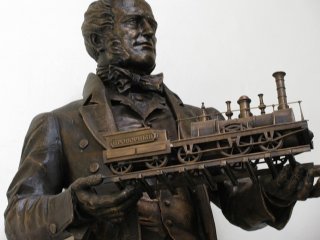
“He bought a bottle of ink, a huge grey knitted shawl, which swathed him from head to foot, locked his formal clothes away [...] and entered his novel as if it were a prison. He was very sad.” Victor Hugo, the author of the novel Notre-Dame de Paris, wrote this about himself as if about an outsider. And how not to be sad if you have already received two postponements from the publisher and there is no hope to get another one? And the revolution of 1830 was raging around, everything was distracting the author from the novel. But the iron hand of the penalty forced the writer to take the pen. On January 15, 1831, the last drop of ink from the bottle fell on the paper: the ink ran out on the last line of the novel. Hugo shuddered at the coincidence and thought of calling the novel What's in a Bottle of Ink. But he did not dare to change the original plan. And, apparently, he did the right thing. The two-headed sphinx, slumbering in the middle of the city, as Hugo figuratively described Notre Dame de Paris, woke up. The public was keenly interested not only in the novel, but also in the architectural masterpiece included in the title, as well as other “stone Bibles.” A rare thing happened: literature spurred science, a committee for studying monuments was created in France, and the restoration of the Cathedral of Our Lady of Paris started.






















